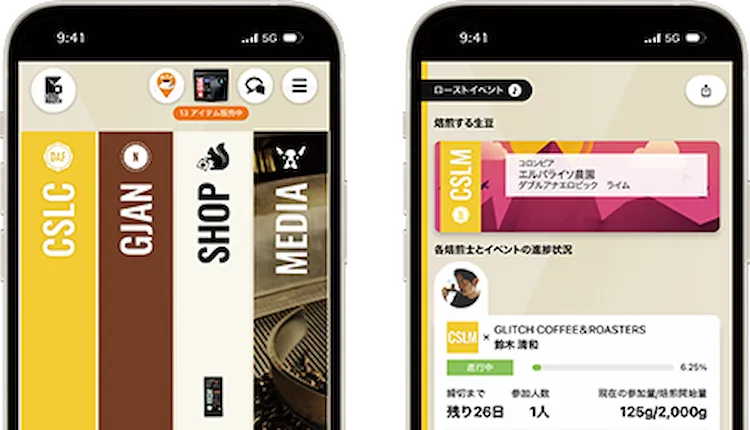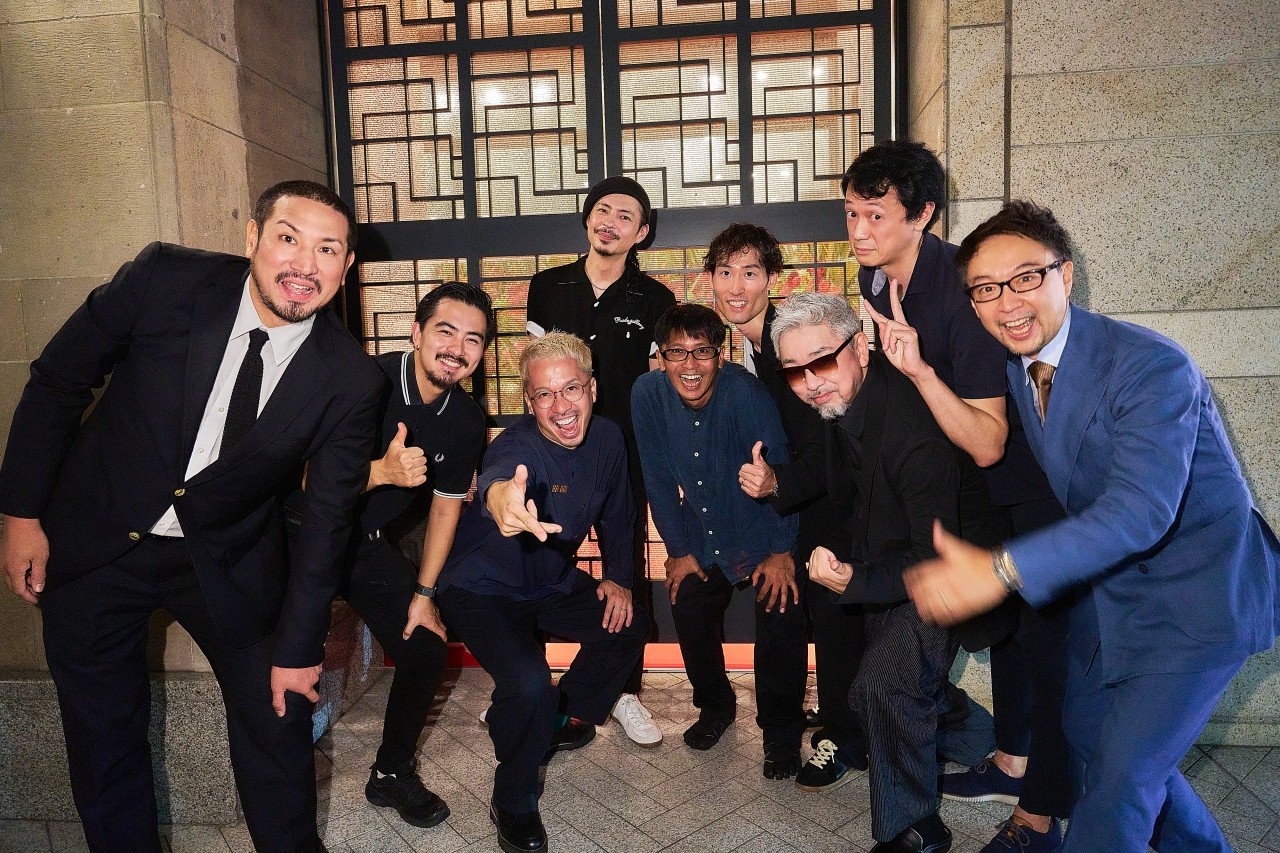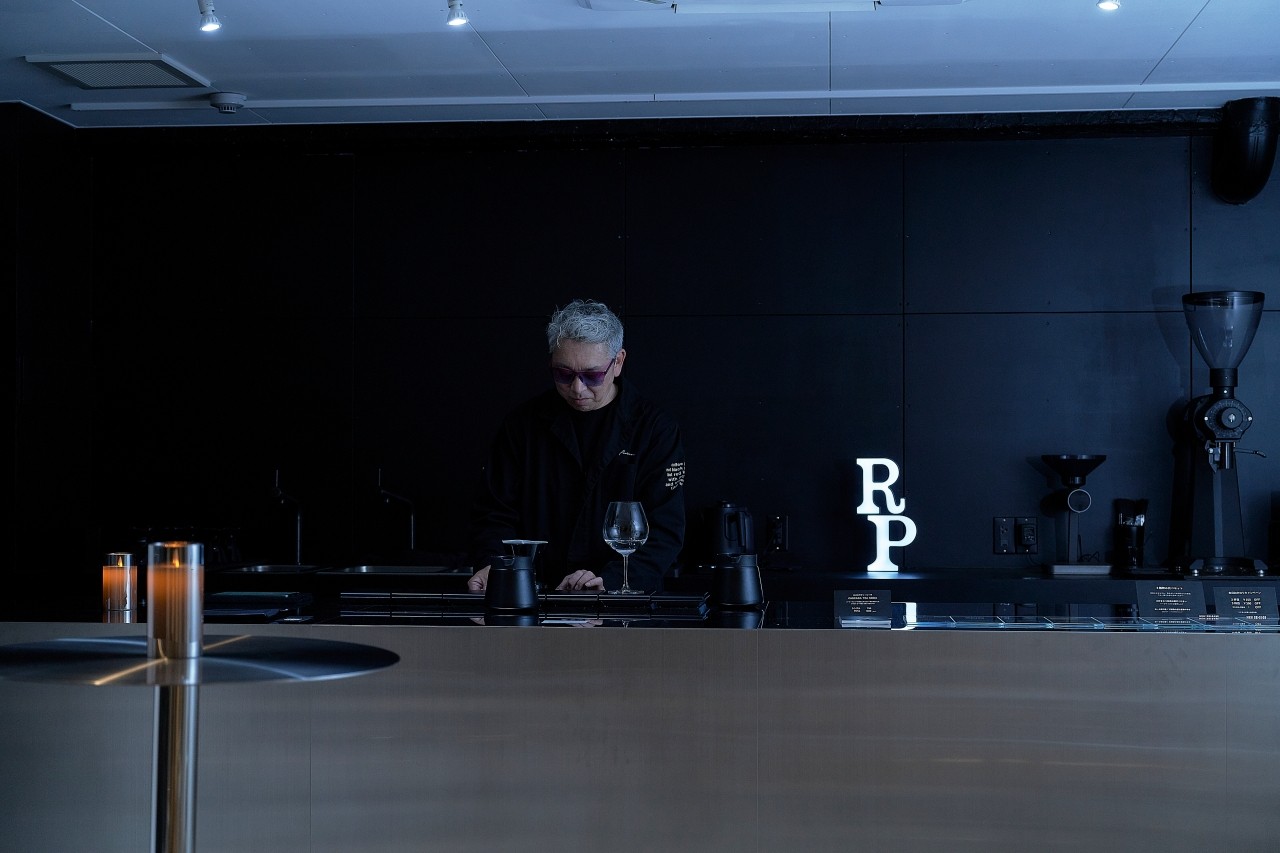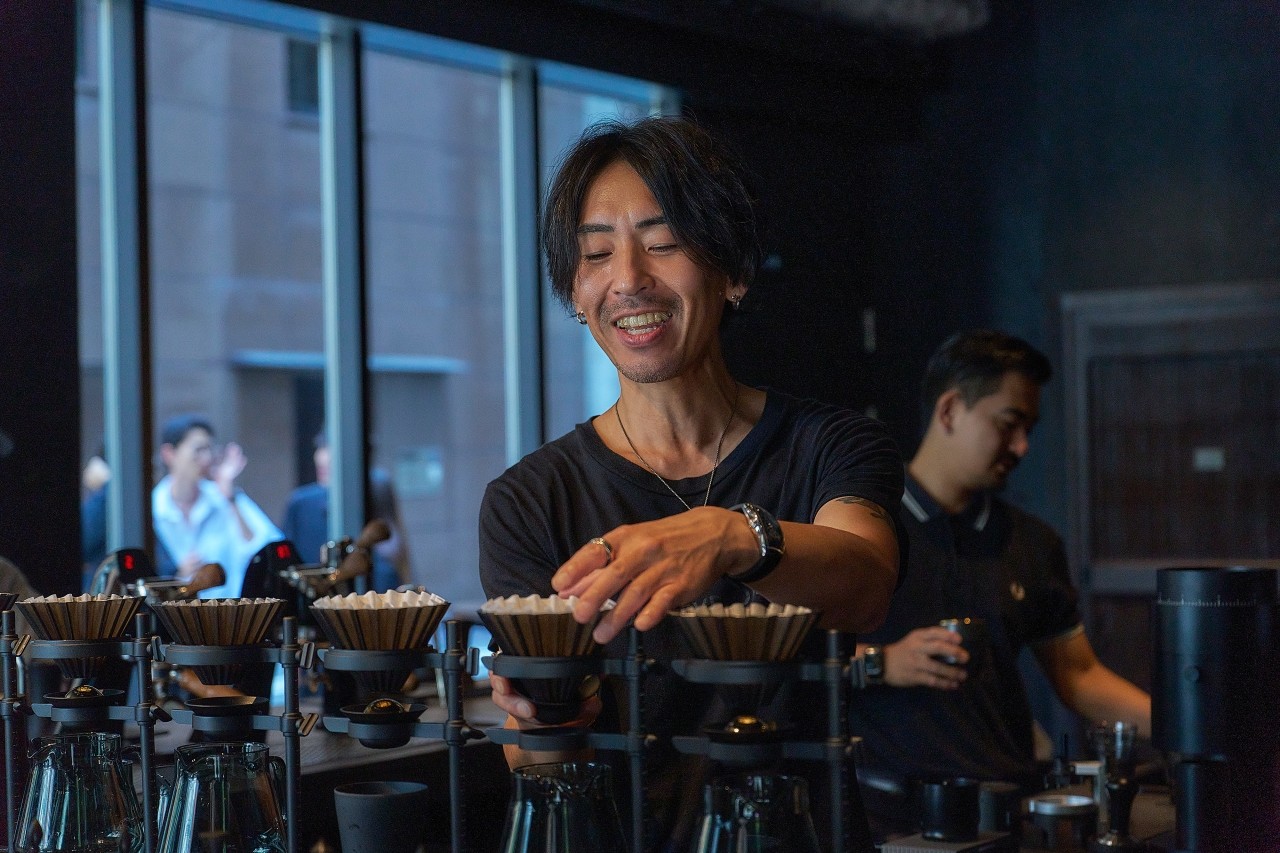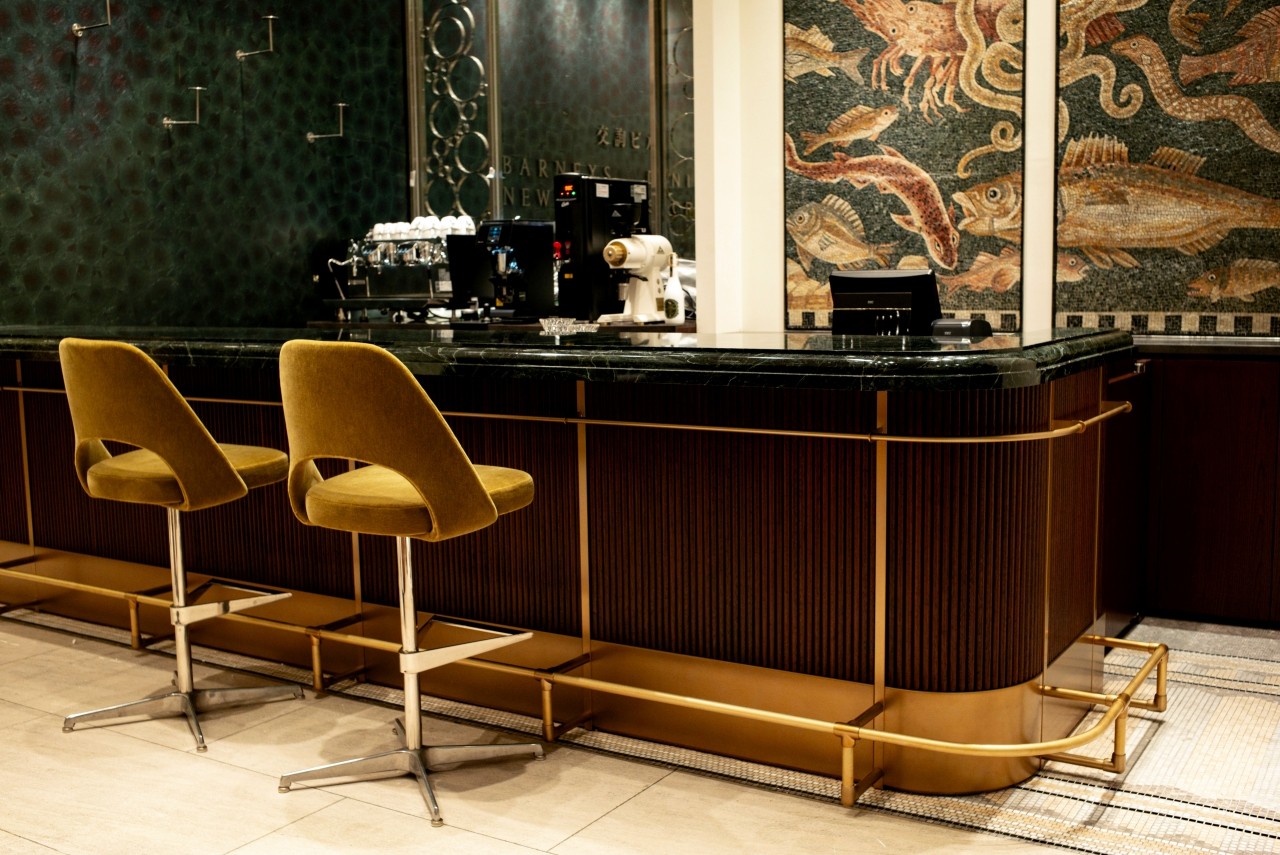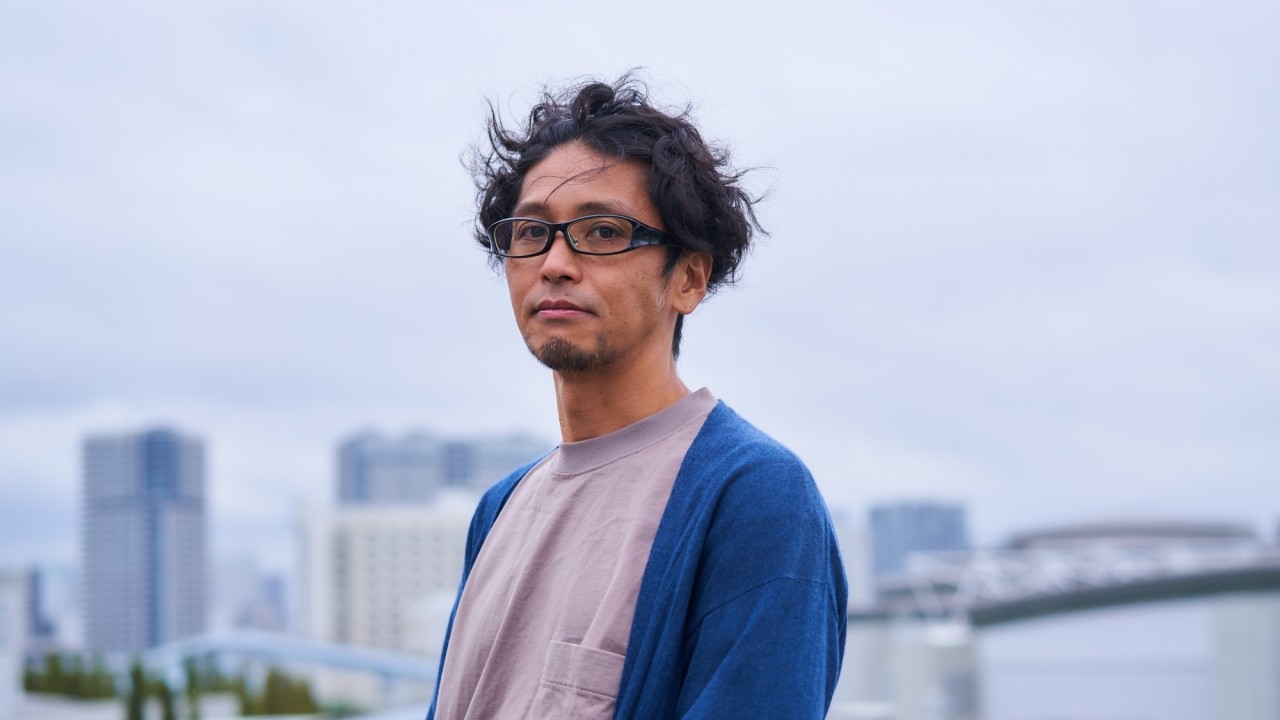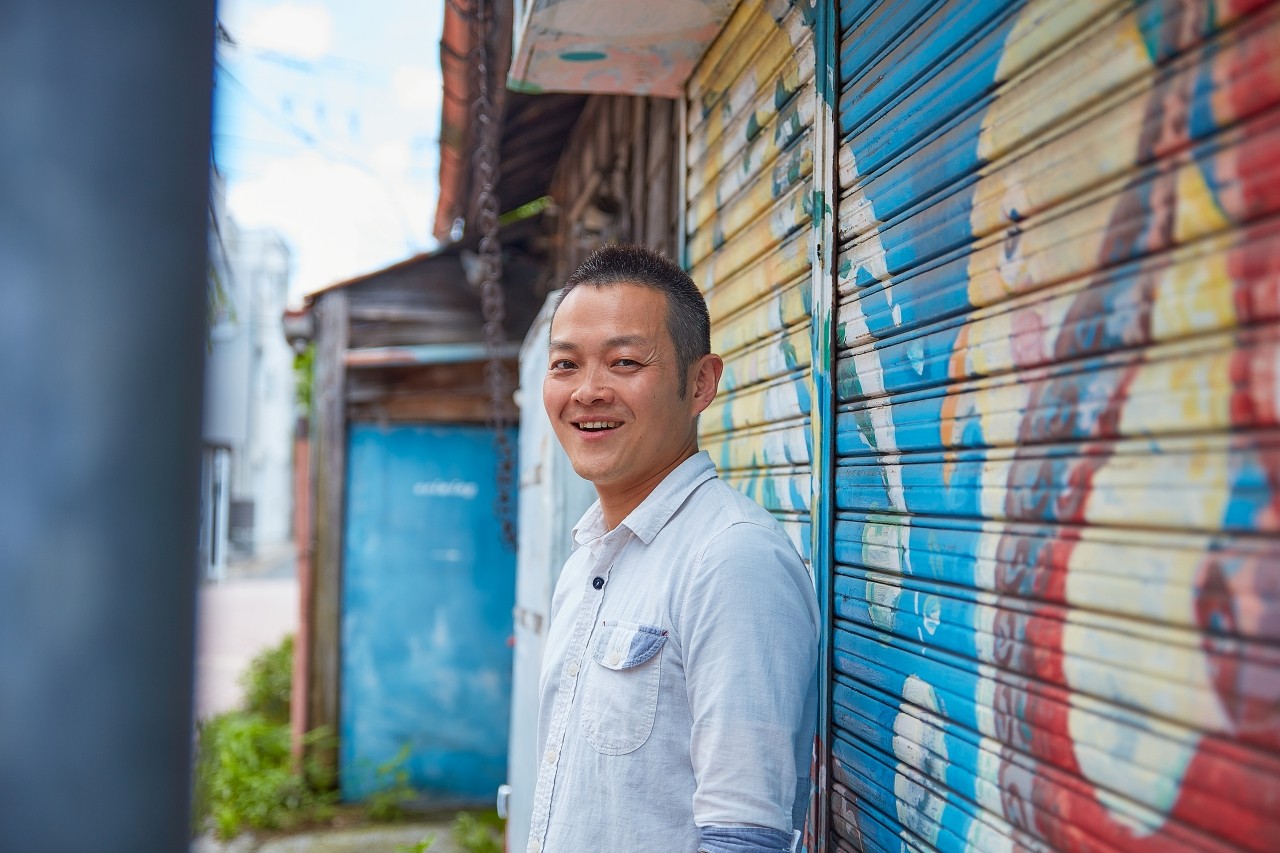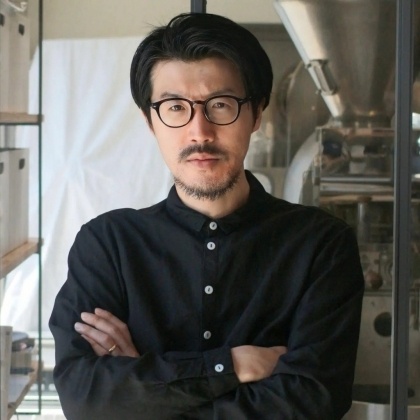Why do so many roasters choose Probat? - DKSH's Japanese Probat Story
There are many different types of coffee roasting machines, but a popular one among the roasters participating in CROWD ROASTER is the roasting machine made by Probat, a manufacturer founded in Germany.
What is it that makes Probat so popular among Japanese roasters?
And what are the unique flavor characteristics of Probat?
This time, we spoke with Takeshi Hasegawa and Masaru Nara of DKSH Market Expansion Services Japan, which handles Probat in Japan, about the topic "The Secrets of Probat."
I would like to focus on the roaster, one of the main players in coffee.
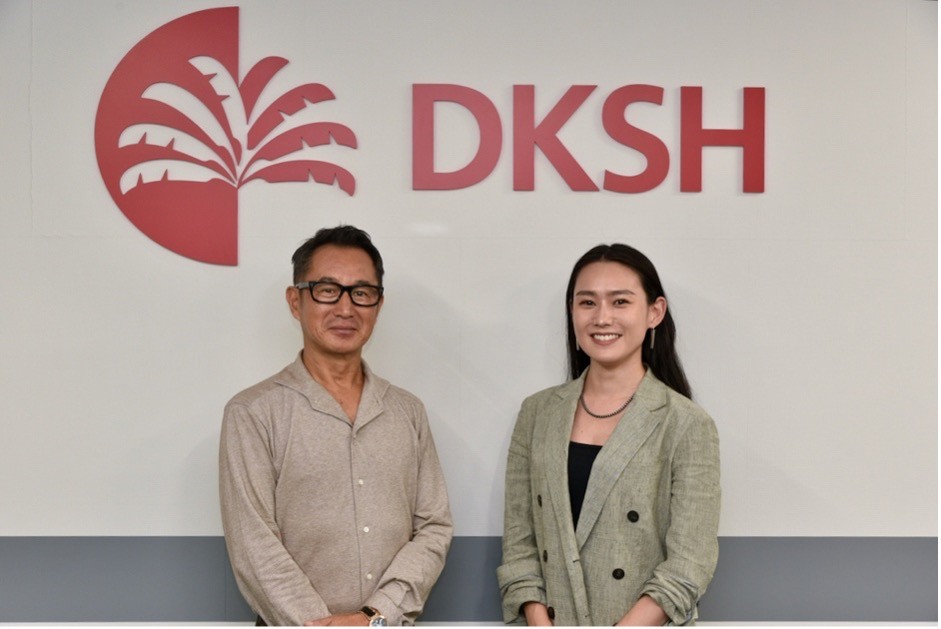
Tsuyoshi Hasegawa and Masaru Nara of the Industrial Machinery Department of the Technology Business Division of DKSH Market Expansion Services Japan, the domestic general agent for Probat products. In addition to roasters, the company also handles espresso machines and bread and pastry making machines. 
Probat was born as a manufacturer specializing in roasting machines.
Probat was founded in Germany in 1868 as a manufacturer of coffee roasting machines. At the time, large roasting machines for mass production of coffee were the norm, and it was in 1870 that the innovative Emmerich spherical roaster was born. In 1884, the company obtained a patent for the "Kaffeeschnellröster" (rapid coffee roaster), which roasted coffee with a rotating drum. The "Probat" brand was born relatively recently, in 1920.

The spherical roaster was invented in 1870. It contributed to the mass production of high-quality coffee. 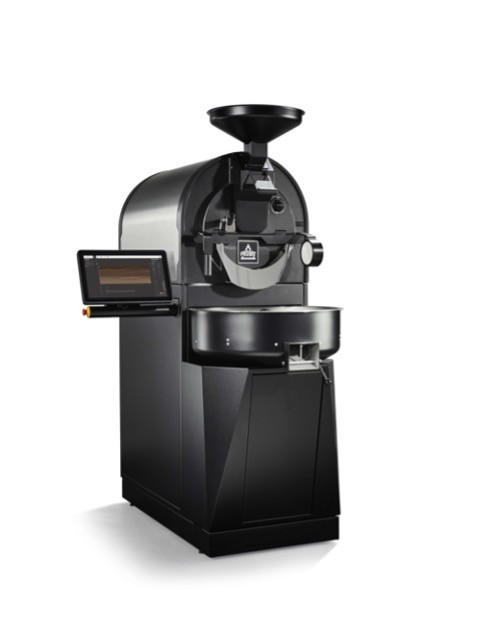
However, World War I and the Great Depression caused Probat to face tough times. Probat persevered by streamlining its operations, and finally changed its name from "Emmerich Machine Works" to "Probat" in 1949. From then on, Probat continued to evolve, developing centrifugal roasters and other machines. In 2018, Probat celebrated its 150th anniversary, and in 2022, it created the industry's first hydrogen roaster, which does not emit carbon dioxide.
Particularly famous as a Probat patent is the shape of the blades, which can be said to be the heart of the device that sends air into the semi-hot air roasting pot.
"This technology is not easily taught to us at DKSH, who are also our sales partners. Even if other companies try to Shin the Probat roaster and design it in the same way, the end result is different. It is an undeniable fact that the design and performance of our roaster have been well received among our users."
What's amazing is not only the robustness of the machine, but also the fact that DKSH Japan is still maintaining and operating the shop roaster that was delivered over 50 years ago.
"As the Probat distributor in Japan, we understand the backbone of Probat's technology and provide maintenance and other services to continue our business, which is also important in terms of branding. As a machine manufacturer, it is often difficult to follow up after 50 years. The fact that Probat and DKSH Japan have built up a track record over the years may be the reason why Probat is so popular with so many roasters in Japan."
The latest Probatone Type 3 with all electronic control capabilities
The Probat shop roaster that is popular in Japan is a model called "Probatone." It comes in four models (P01, P05, P12, P25) with batch sizes ranging from 1kg to 30kg.
The current and latest model is called Type 3, which has the same basic design but allows for more precise control.

Probat's latest model "Probatone P05 Type 3" 
"Probat roasters began with the first Probatone, and the second generation was called the "Type 2". The latest "Type 3" has evolved in that it is fully digitally controlled and has an increased minimum batch capacity.
By working with the developer of roasting control software called "Cropstar" and incorporating Probat's original software at the time of shipment, we are now able to digitize all of the roasting conditions and temperatures, which were previously difficult to record. In addition, various options are available, such as changing the exhaust heat temperature and the drum rotation speed with an inverter."

"Cropstar" was available as a monthly fee app in Type 2, but it is now a standard feature in Type 3. 
"The design of the Type 3 hasn't changed much, but the rugged feel of the steel may have been emphasized more. The amount of gas can be adjusted in 1% increments with digital control, and the exhaust temperature can also be measured. The latest Probat is the easiest to use, and is highly reproducible to achieve the roast level that the roaster is aiming for.
Furthermore, the finer control has expanded the range of roasting capacity (batch size). The minimum roast amount is now 0.8kg for P01, and 1kg for P05, P12, and P25, exceeding the numbers in the product names that originally indicated the maximum roast amount, and now they can roast up to 1.2kg, 6kg, 15kg, and 30kg, respectively.
Another thing is that with Type 3, you can choose the body color. You can also simulate the color on the product website, so please check it out."

The Probatone Type 3 is available in a wide variety of colors (the colors available in Japan will be limited).
Why Probat is popular with micro roasteries
When asked about the appeal of Probat from the perspective of their partner DKSH, Hasegawa mentioned that the ability to roast continuously with just one person is something that is appreciated even in Japan, where there are many micro roasteries.
"In the past, Probat in Japan was mainly used in plants operated by major coffee brands. From there, it gradually began to be used in micro roasteries such as coffee shops.
Among small and medium-sized coffee shops, there are some where the owner roasts and brews the coffee himself. Even in such shops, after roasting 3-4 batches, chaff accumulates and must be removed before roasting continuously. With other companies' roasters, the machine must be stopped to remove the chaff, but Probat has been meticulously improved so that it can be removed by one person. This function is the same globally.
These requests for functional improvements were made after directly listening to the opinions of professional roasters from around the world.
"Probat users include famous roasters from all over the world. We gather dozens of them and carefully consider what kind of roaster is easy for them to use, and incorporate that into our new products.
For example, if you leave the part where you put in the beans open, they will be put in all the time, and the weight of the iron lid will slide and close automatically. Japanese manufacturers would attach hooks here or add parts so that you don't have to hold it down all the time. But with Probat, this is achieved using only the weight of the material.
This is based on the idea of eliminating as many parts as possible and making it maintenance-free. And it's something that hasn't changed for hundreds of years, since the days of roasting by hand."
A taste that can only be recreated by Probat
The Probat has many mechanical features, but the most important thing for coffee-loving readers is the type of coffee it produces. When Hasegawa asked a roaster who uses both the Probat and a roaster from another company, he was told that "when roasted with the Probat, the aroma does not easily escape even after about a month."
"He said it was probably because the hot air was reaching all the way to the inside of the beans. The Probat is a semi-hot air type with a high hot air ratio of 7:3, while other companies' roasters are hot air types, but he still seemed to feel the difference.
I actually tried comparing specialty coffee beans, but the beans roasted by other companies were too sour, and I got the impression that they could only be drunk within a week. The roaster himself said that the roast was no longer as intended. Coffee does not have an expiration date, but I often hear of specialty coffee where the aroma has disappeared and only the sourness stands out.
To deliver the most delicious coffee possible, some people want their customers to enjoy the best coffee possible in the shortest possible time. However, the Probat's ease of use and high level of reproducibility may be what makes it so popular with many roasters, in the sense of how well it can reproduce the roaster's ideals.
Probat can adapt to the changing times
In fact, DKSH started dealing with Probat about 50 years ago. At that time, DKSH mainly sold and supported large plants, and did not focus much on roasters for shops. Therefore, when Hasegawa-san took over the business, the engineering structure was changed.
"Of the original ten engineers, only two or three were skilled enough to provide support for repairing roasters, but we gradually created a system where all ten could provide support for shop roasters. That's how we gradually started selling more roasters.
Those early Probat users were the coffee shops that first introduced Probat in Japan, and the next generation Manabu the technology from them are the roasters who use Probat and are now active at CROWD ROASTER .
The Probatone Type 3 introduces digital control to the traditional roasting method, and Hasegawa says that it is gradually changing the concept of roasting.
"Many roasters are craftsmen, and in the past, it was common to say, 'This bean should be roasted like this.' However, things have become more diverse recently. Customers are beginning to understand the differences in taste, and I think there are roasters who have their own opinions, such as, 'I like to roast these beans in this way.'
I think that in the future, there will be people who can sense, through conversation with customers, what kind of roasting they like, and roast based on that.
Each roaster has a different roasting method and a specific roasting intent, which results in various changes in flavor. I think that in the future, more and more people will be able to suggest ways to enjoy coffee in this way using the highly reproducible Probat."
There is not just one right way to roast coffee. Nara-san, who used to work as a barista at a major coffee chain, has personally experienced that even with the same beans and roasting machine, the taste changes depending on the roaster.
"When I was working at the shop, we would receive coffee roasted at a large Probat store. Because we were handling a large amount of beans, even though the beans were the same and roasted to the same degree, the taste would vary greatly depending on the roaster. When I looked into it, I found that one roaster was not able to roast the beans properly, so about three roasters were replaced during the process.
I always thought that was interesting. Each roaster talks to the beans and suggests how they would roast the coffee. What's more, they each bring out a nice flavor.
The quality of the beans varies each time, but I think one of Probat's strengths is being able to adapt and recreate that quality."
DKSH has been building a dedicated support system behind the popularity of Probat in Japan. Probat has evolved into the next generation roaster, Type 3.
Thank you to Takeshi Hasegawa and Masaru Nara of DKSH Market Expansion Services Japan Co., Ltd. for your valuable insights!
CROWD ROASTER allows you to experience a once-in-a-lifetime coffee experience by requesting a roasting event based on a variety of factors. In addition to the brand of coffee beans, the roaster, and the roasting level, you can also request roasting using the roasting machine that they use.
Be sure to check out our roasting machine and come join the roasting event!
2024.4.25
CROWD ROASTER
If you want to enjoy coffee more deeply
" CROWD ROASTER APP"
Manabu at CROWD ROASTER LOUNGE
・Push notifications for article updates・Full of original articles exclusive to CROWD ROASTER
・Direct links to detailed information about green beans and roasters
App-only features
- Choose green beans and roasters to create and participate in roasting events・CROWD ROASTER SHOP: Everything from beans to equipment is readily available
・GPS-linked coffee map function
